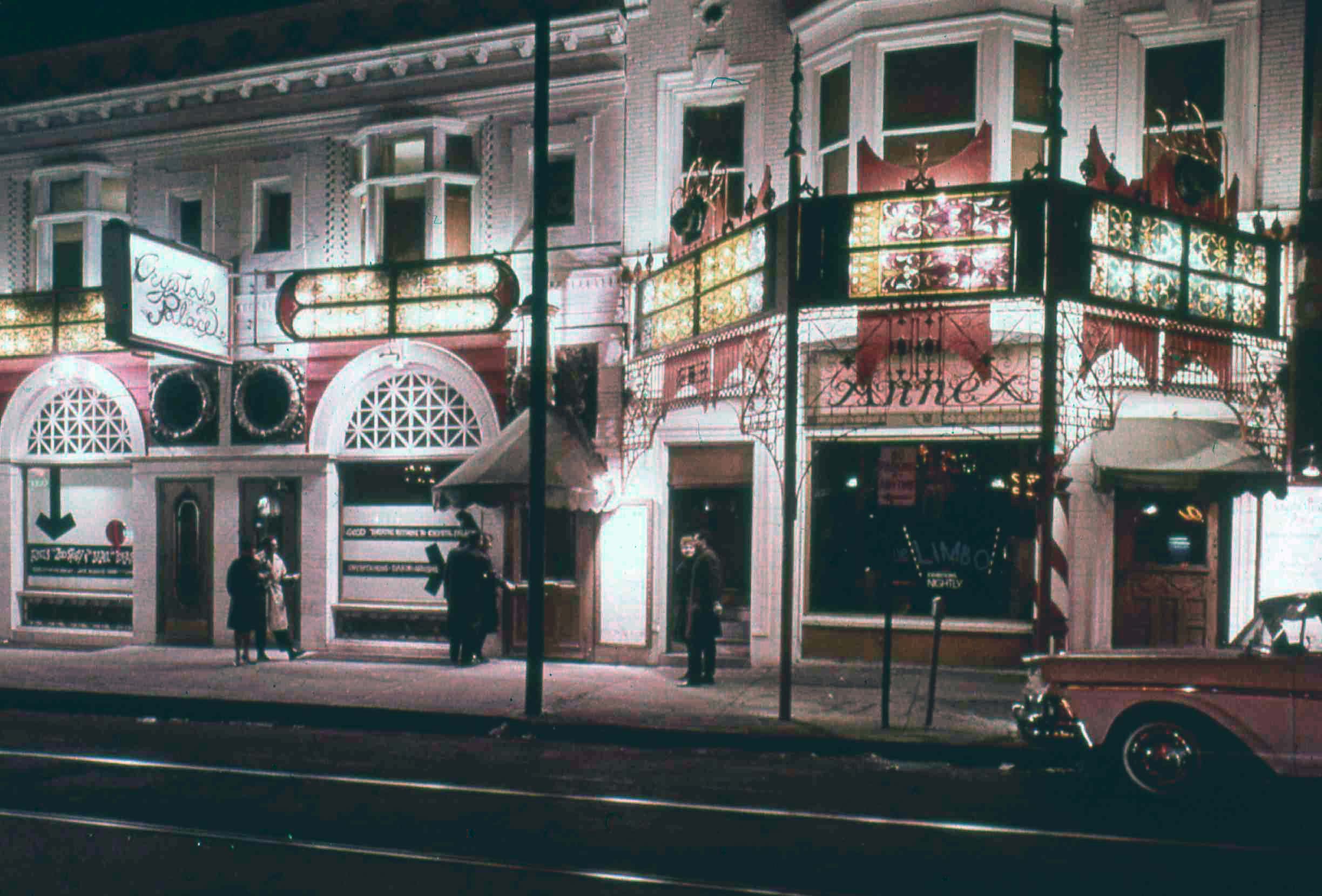

“These people often report having their experiences not taken seriously, told that it’s in their heads, being made to feel they are not trying hard enough or even that they are imagining chronic pain or chronic fatigue. “Other forms of gaslighting, often referred to as medical gaslighting, shows up a lot in the lives of people living with chronic health conditions and disability,” she continues. “Toxic amnesia is a form of gaslighting where the person pretends not to remember events or conversations that does not serve them and also creates chaos, doubt and confusion,” Joyner explains. She adds that there are various forms of gaslighting, including lying and toxic amnesia, reality manipulations, scapegoating and coercion.Īdam Collard and Rosie Williams (ITV/Rex) “All forms of gaslighting cause feelings of confusion and powerlessness, it causes trauma, anxiety, panic and depression,” Joyner says. This can be harmful to a person’s mental health. Gaslighting can cause the victim to feel as if their reality has been distorted and to believe the version of events that the perpetrator is telling them even when these events aren’t true. The offence carries a maximum five-year jail term, a fine or both. The coercive or controlling behaviour offence protects victims who “experience the type of behaviour that stops short of serious physical violence, but amounts to extreme psychological and emotional abuse”. Gaslighting has been a criminal offence since 2015. It can happen with friends and family too. Gaslighting doesn’t just refer to romantic relationships. Indeed, to an outsider, the perpetrator may appear to be the perfect, caring partner,” Sandra Horley CBE, chief executive of Refuge told The Independent.Ĭharles Boyer and Ingrid Bergman star in Gaslight, 1944 (Mgm/Kobal/Shutterstock)Īccording to the Oxford English Dictionary, to “gaslight” someone is to manipulate a person by psychological means into questioning his or her own sanity. “Abusers manipulate their victims carefully and purposefully they switch readily between charm and rage, like Dr Jekyll and Mr Hyde. Google searches of the word have gradually crept up in recent months, and the tactic is incredibly common according to Penny East, a spokeswoman for the charity SafeLives told The Independent. They then dismiss their valid worries as “crazy” or “sensitive” until the person is confused and vulnerable. It could involve the abuser pretending to misunderstand their victim, or questioning how they remember events. The term is used to describe a form of emotional abuse where one person gradually manipulates another in order to gain control. Sound familiar? You may be a victim of gaslighting. He was only 20 when he drew it.You are constantly second-guessing yourself, your confidence is shot, and you are questioning your perception of reality. This view of Dallas is one of his earliest works. The artist, Herman Brosius (1851-1917) was a wood carver and lithographer who worked alongside his twin brother, Frederick, to produce dozens of town views spanning the United States from 1871 through the end of the century. People of the nineteenth century were enthralled. Then he adjusted the perspective upward and compiled it all into a cohesive and accurate map of the town. The artist first used plat maps and surveys to get the lay of the land, then came the arduous task of walking every street, making sketches of the the buildings and landscape from various angles. It's known as a bird's eye view, also called as a perspective map. So what you see here is sort of a baby picture of Dallas. Gas light had begun to illuminate homes and businesses just a year before this map was drawn. Within a few months Dallas would be the trade hub of the region.

By September there were over 7000 Dallasites. The city fathers had just convinced the Houston & Texas Central Railway to include Dallas on its route and the population boomed.Īt the start of 1872 Dallas was home to about 3000 souls.


 0 kommentar(er)
0 kommentar(er)
